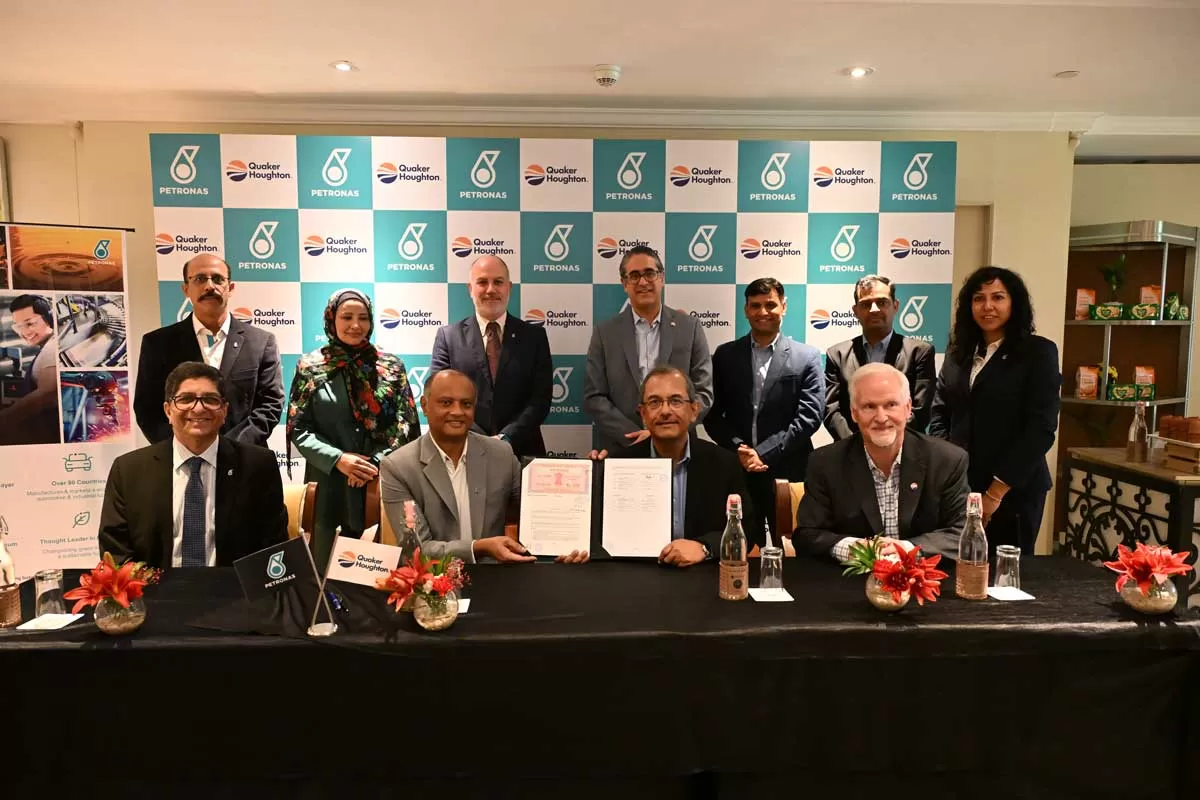Under the Hybrid Annuity Model (HAM) concession agreement,
NHAI has agreed to pay interest on developers’ capital at bank rate plus 3 per cent. Developers’ capital includes equity and debt amount infused in a project by the developer. Under the HAM concession agreement, typically, 40 per cent of the project cost is financed by NHAI and 60 per cent is financed by the developer. This was evolved in view of financial crunch faced by developer and bank’s reluctance to fund entire project cost. Banks have taken the brunt of non- performing assets (NPAs) due to default by concessionaire due to non-completion of projects for ROW issues and other contractual issues. Hence, banks have represented NHAI to partly fund the project cost to reduce their risk.
Forward-looking concept
In earlier PPP model of annuity/toll roads, the developer used to fund the entire project cost. In case of annuity model, NHAI used to pay fixed half yearly installment over the period of concession. Such projects ran into trouble in view of change in bank rate. Hence, NHAI came up with a new concept of variable interest rate linked to bank rate.
This concept of variable interest rate was a forward-looking concept where NHAI payment was linked to the bank rate. It was on presumption that interest rates are decided by banks in a transparent and fair manner. In case the bank rate is reduced by RBI , then banks will reduce the interest rate and in case the bank rate is increased by RBI, then banks will increase the interest rate. However, due to increased NPA and higher fixed deposit interest payout, the bank’s lending cost has increased substantially. Hence, banks have not reduced their interest rate on lending to borrowers in same quantum of bank rate reduction by RBI. The table below gives the movement of RBI repo rates and SBI MCLR and HDFC MCLR rates:
|
Updated on
|
RBI repo rate ( per cent)
|
SBI MCLR (1 year) ( per cent)
|
HDFC MCLR (1 year) ( per cent)
|
|
May 22, 2020
|
4.00
|
7.00
|
7.65
|
|
March 28, 2020
|
4.40
|
7.40
|
8.15
|
|
October 4, 2019
|
5.15
|
8.05
|
8.35
|
|
August 7, 2019
|
5.40
|
8.10
|
8.60
|
|
June 6, 2019
|
5.75
|
8.30
|
8.70
|
|
April 4, 2019
|
6.00
|
8.35
|
8.70
|
|
February 7, 2019
|
6.25
|
8.55
|
8.75
|
|
August 1, 2018
|
6.50
|
8.25
|
8.40
|
|
June 6, 2018
|
6.25
|
8.25
|
8.40
|
Source: Equirus Capital
It is evident from the aforesaid table that in the last two years RBI has reduced bank rate by 2.25 per cent. However, SBI has reduced its interest rate by 1.25 per cent and HDFC has reduced its interest rate by 0.75 per cent only.
Variable interest rate loan and bonds
A new lending product can be introduced by banks for HAM project. This new lending product will charge interest rate based on RBI repo rate. This clause can be included in loan agreement. Thus, for HAM projects, the lending rate will be linked to RBI repo rate instead of MCLR. This can be done for projects which achieved rating above a minimum criterion. NHAI enjoys AAA rating, which is the highest. Due to NHAI as counter party, HAM projects will also enjoy AAA or AA rating based on their capital structure and equity infused by the developer. This will incentivise developers to infuse fair equity to achieve AAA rating for their projects. This will also insulate them from adverse interest rate movements.
Similarly, the bond market can also be developed where variable interest rate bonds are floated for HAM projects having higher ratings like AAA or AA. This will help developers to tap alternate source of funding in addition to bank financing. The development of variable bond market will also help to reduce lending pressure on banks.

RBI issues Floating Rate Notes (FRN) on regular basis. For example, RBI has issued notification for issue of FRN for Rs 30 billion on May 22, 2017. The interest rate payout was proposed as under:
The variable coupon rate for payment of interest on subsequent semi-annual period shall be the average rate rounded off up to two decimal places, of the implicit yields at the cut-off prices of the last three auctions of Government of India 182 day Treasury Bills, held up to the commencement of the respective semi-annual coupon period. The implicit yields will be computed by reckoning 365 days in a year.
Thus, floating rate bonds or loans are not a new phenomenon in market. It has been used by RBI regularly for raising funds from market. The same principle can be applied for bonds issued or loan given to HAM projects. This will mitigate interest rate risk for HAM project developers and save such projects from becoming NPA or face bankruptcy proceedings.
About the author:
Vijay Agarwal, Executive Director, Equirus Capital, heads the firm’s real-estate practice. He advises clients in fundraising by way of private equity, structured finance and debt and capital markets like IPO, QIP, PIPE, and is active in the M&A space and is working with clients in real estate, infrastructure, e-commerce, pharma, retail, manufacturing and other sectors.

















